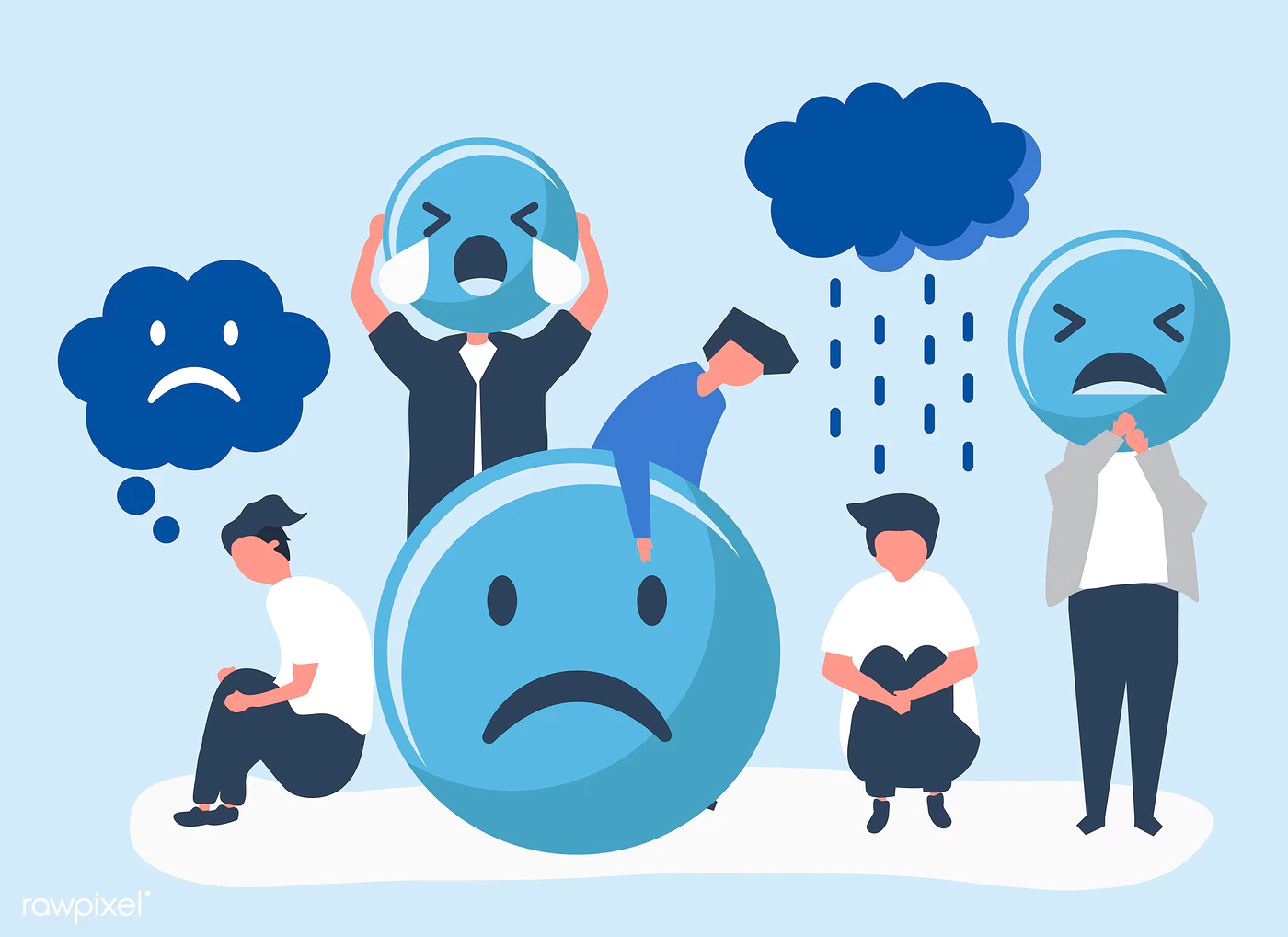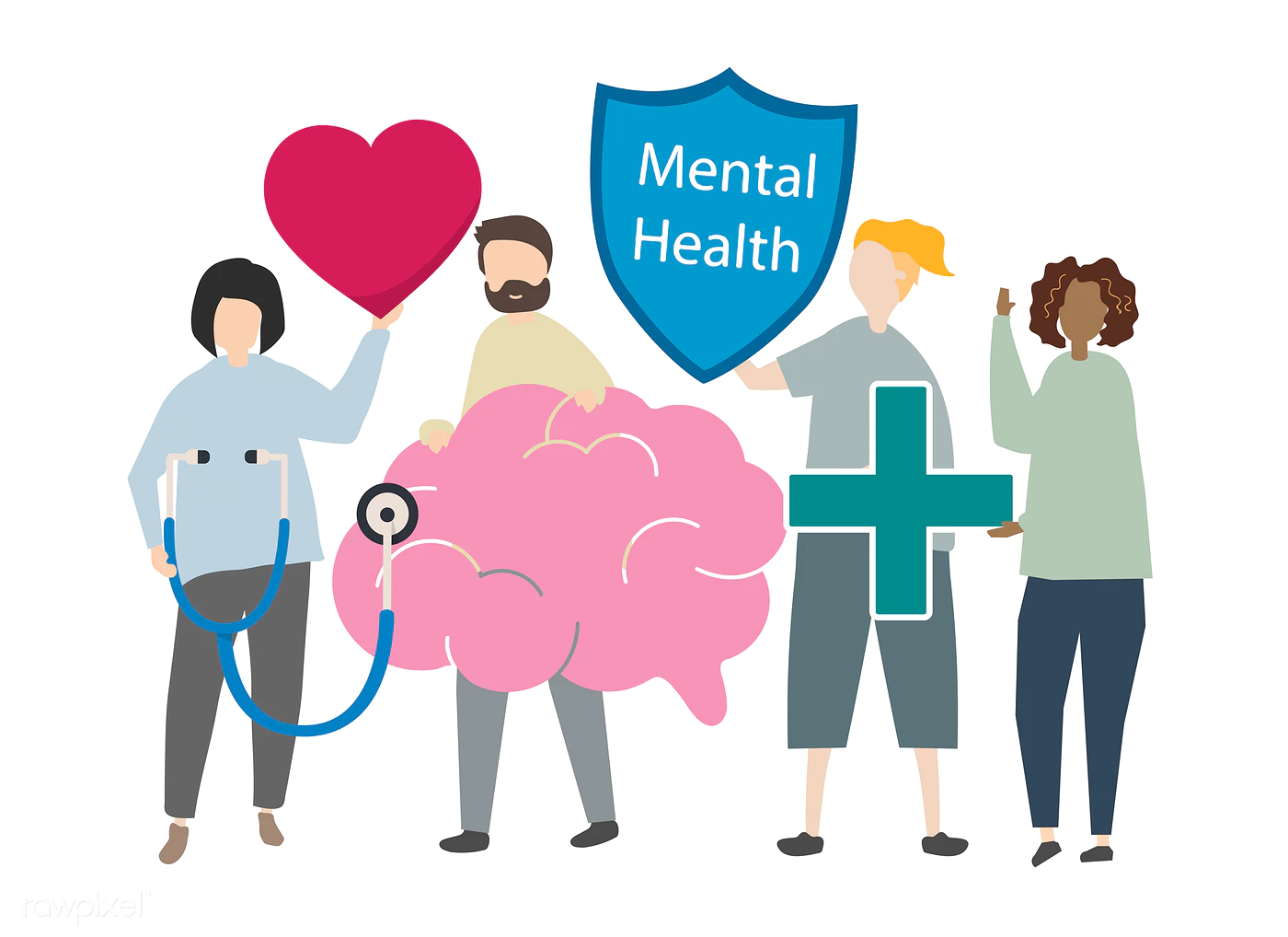5 Tips to Manage SAD (Seasonal Affective Disorder)

Washington is known for its picturesque views of mountains, lakes, trails and the Puget Sound. But what about the 8 months out of the year where we experience rain, gray skies and overcast that seem to be never ending? The fall and winter seasons are prime times when Seasonal Affective Disorder (SAD) strikes and spring and summer relief seem extremely far away. SAD is not just a bad case of the “winter blues”, it’s a pattern of Major Depressive Disorder that has a specific connection to a time of year. According to the Diagnostic and Statistical Manual, fifth edition (DSM-5), symptoms include hypersomnia (excessive sleepiness), weight gain, over eating, low energy levels and craving carbohydrates. People can also experience trouble concentrating and isolating behavior that they typically do not experience any other time of year. Fortunately, SAD can be managed. Here are some simple tips that can help you tackle feeling SAD and get on the path to living a more balanced life.
SAD is not just a bad case of the “winter blues”, it’s a pattern of Major Depressive Disorder that has a specific connection to a time of year. According to the Diagnostic and Statistical Manual, fifth edition (DSM-5), symptoms include hypersomnia (excessive sleepiness), weight gain, over eating, low energy levels and craving carbohydrates. People can also experience trouble concentrating and isolating behavior that they typically do not experience any other time of year. Fortunately, SAD can be managed. Here are some simple tips that can help you tackle feeling SAD and get on the path to living a more balanced life.  Seek Professional Help – Don’t think because you are feeling down in the dumps, you may be experiencing SAD. You must meet the full criteria for having Major Depressive Disorder, which includes having symptoms only during the fall and winter months consistently within the last two years. It’s best to seek professional help from a Mental Health Professional if you feel your symptoms are more severe and difficult to manage on your own. If you feel depressed throughout the year, it is also important that you seek help, as you may be experiencing Major Depression that is not related to seasonal affects. The most important thing is to pay attention to your mind and body so that you can recognize when something is off and know when it is time to seek help.
Seek Professional Help – Don’t think because you are feeling down in the dumps, you may be experiencing SAD. You must meet the full criteria for having Major Depressive Disorder, which includes having symptoms only during the fall and winter months consistently within the last two years. It’s best to seek professional help from a Mental Health Professional if you feel your symptoms are more severe and difficult to manage on your own. If you feel depressed throughout the year, it is also important that you seek help, as you may be experiencing Major Depression that is not related to seasonal affects. The most important thing is to pay attention to your mind and body so that you can recognize when something is off and know when it is time to seek help.  Exercise – Don’t let the weather stop you from getting the exercise you need which can boost your mood. Getting out during the day and taking in the sun is best but if the weather isn’t great, taking a rain walk or a short walk around the neighborhood in the brisk evening can make a difference and get you out of the house. If you find yourself feeling sluggish throughout the day, taking a break to move, even a few minutes, can get you pumped back up. If you are more into the gym atmosphere, the elliptical machine, treadmill and stationary bike are great ways to boost your cardiovascular system and jump start your mood. Several gyms offer membership deals during this time of the year and having a discount may be motivating to keep up with your self-care. Alternatively, meditation, yoga and group exercise or dance classes can help you become mindful of your symptoms, both physically and mentally, and allow you to check in with yourself in the moment.
Exercise – Don’t let the weather stop you from getting the exercise you need which can boost your mood. Getting out during the day and taking in the sun is best but if the weather isn’t great, taking a rain walk or a short walk around the neighborhood in the brisk evening can make a difference and get you out of the house. If you find yourself feeling sluggish throughout the day, taking a break to move, even a few minutes, can get you pumped back up. If you are more into the gym atmosphere, the elliptical machine, treadmill and stationary bike are great ways to boost your cardiovascular system and jump start your mood. Several gyms offer membership deals during this time of the year and having a discount may be motivating to keep up with your self-care. Alternatively, meditation, yoga and group exercise or dance classes can help you become mindful of your symptoms, both physically and mentally, and allow you to check in with yourself in the moment. Light Therapy – It makes sense that sunlight has something to do with the whole point of SAD considering the amount of daylight we get in the fall and winter is limited. Research has found that light therapy helps to work on your circadian rhythm (internal clock) and sleep/awake cycle that is disturbed by the change in season. Light therapy is known to help reduce symptoms of SAD if used properly and works to give your brain the chemical balance it’s missing from natural sun light. According to a Harvard Health Publication, there have been no formalized tests performed by the FDA that approve or regulate light boxes. However, The Mayo Clinic has information on how to choose a light box so you can be sure you are purchasing a product that is safe and more reputable.
Light Therapy – It makes sense that sunlight has something to do with the whole point of SAD considering the amount of daylight we get in the fall and winter is limited. Research has found that light therapy helps to work on your circadian rhythm (internal clock) and sleep/awake cycle that is disturbed by the change in season. Light therapy is known to help reduce symptoms of SAD if used properly and works to give your brain the chemical balance it’s missing from natural sun light. According to a Harvard Health Publication, there have been no formalized tests performed by the FDA that approve or regulate light boxes. However, The Mayo Clinic has information on how to choose a light box so you can be sure you are purchasing a product that is safe and more reputable. Take Vitamins and Supplements – Vitamin D is known as the sunshine vitamin that helps us combat depression. Vitamin B6, B12 and omega fatty-acids are also great to take to improve mood and energy levels that come with the symptoms of depression. It is important to talk to your physician or health care provider, or Registered Dietitian about what your levels are to insure you are not deficient. Some natural solutions include St. John’s Wort, 5-HTP, kava and saffron that works naturally to reduce symptoms of depression and anxiety. Click here to find a description of vitamins and supplements that may help.
Take Vitamins and Supplements – Vitamin D is known as the sunshine vitamin that helps us combat depression. Vitamin B6, B12 and omega fatty-acids are also great to take to improve mood and energy levels that come with the symptoms of depression. It is important to talk to your physician or health care provider, or Registered Dietitian about what your levels are to insure you are not deficient. Some natural solutions include St. John’s Wort, 5-HTP, kava and saffron that works naturally to reduce symptoms of depression and anxiety. Click here to find a description of vitamins and supplements that may help. Watch What You Eat – Reducing carbs such as bread, pasta, cereal, potato chips and cookies can make a difference in how you feel. The links between mental health and nutrition are growing and more studies are being conducted to show the effects of which food impacts our mood. Try substituting unhealthy carbs with berries, fish, nuts, vegetables and beans. Check out this list of healthy alternatives to help you get though the season of SAD.
Watch What You Eat – Reducing carbs such as bread, pasta, cereal, potato chips and cookies can make a difference in how you feel. The links between mental health and nutrition are growing and more studies are being conducted to show the effects of which food impacts our mood. Try substituting unhealthy carbs with berries, fish, nuts, vegetables and beans. Check out this list of healthy alternatives to help you get though the season of SAD.
Just as the season changes, we must also make some changes to successfully transition into the fall and winter months. Keeping up with our vitamins, changing how we eat and being physically active, will help achieve a happier and healthy mood. The more we know and understand about depression and how our environment impacts our well-beginning, the more proactive we can be in managing symptoms of SAD.
Virginia N. Gaskins MS, LMHC, CMHS, CDPT
Psychotherapist
To read more blog posts written by Virginia, click here.
Resources:
https://www.healthline.com/health/depression/herbs-vitamins-supplements
https://www.health.com/depression/could-too-many-refined-carbs-make-you-depressed
https://www.everydayhealth.com/hs/depression-pictures/healthy-foods-boost-mood/#09
